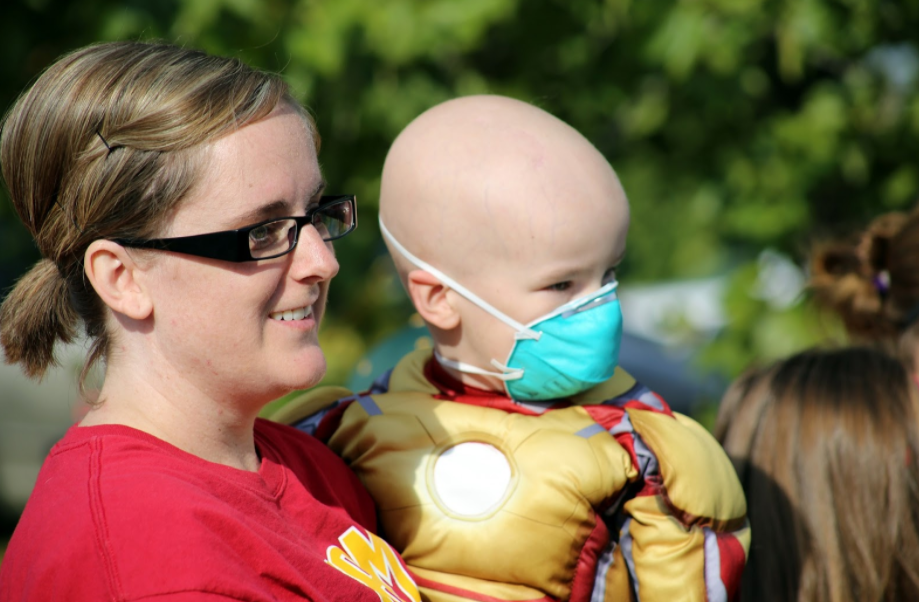This is a sponsored guest post.
COVID-19 has ravaged the world since December of last year, and one of the most affected (yet rarely discussed) areas has been cancer care. In this article, we shall discuss five ways the pandemic has taken a toll on various aspects of cancer treatment and management.

- Reduced screening
Cancer screening rates reduced significantly in April when the pandemic was at its peak in most countries. This is because healthcare workers had a more urgent problem to address, and the medical facilities in most places were not sufficient for both cancer and COVID-19 patients to be attended concurrently. Thus, there is a good deal of patients who weren’t screened on time during the pandemic and potentially came to learn about their condition later. While this is understandable, misdiagnoses are still indefensible, and anyone who received a misleading diagnosis should not shy away from seeking compensation despite the pandemic. A medical malpractice lawyer like the Tinker Law Firm can help you assess your case, estimate the value of your claim, and ensure you receive a settlement for all economic and non-economic losses brought to you by the misdiagnosis.
- Reduced in-person care
Since COVID-19 typically spreads when a healthy person comes into contact with someone who has the virus, many cancer clinics have developed a policy where patients visit the practice only for in-person treatments. Other services, including counseling, are done over video meetings, something that has reduced the effectiveness of these services. Many patients don’t have the right digital tools to get the most out of these meetings, while some oncologists simply don’t have the ability to counsel patients or recommend treatments virtually. In other cases, it’s patients that can’t express themselves adequately. All these increase the risk of the patient developing new symptoms, which might go unidentified.
- Loss of healthcare providers
Frontline workers have found themselves on the receiving end of the worst of COVIDd-19, with a great deal of them contracting the virus, and some even succumbing to it. Self-quarantine rules mean infected healthcare professionals cannot report to work for at least 14 days after diagnosis. This has left many cancer clinics understaffed for the better part of the pandemic period, much to the detriment of cancer patients. It should also go without saying that constant contact in the workplace creates a platform for the virus to spread freely among healthcare workers in the same practice.
- The pandemic has changed how clinical trials are conducted
When the pandemic began spreading in the U.S., the National Cancer Institute (NCI) was compelled to make changes to the execution of clinical trials. These included switching to telemedicine visits and allowing researchers to ignore certain data. While these tweaks may have helped enhance access to trials, some have made it impossible to collect key information regarding patient experience. Some patients have also opted to stay away from new trials in fear of exposing themselves to the virus.
Endnote
The negative impact of COVID-19 on cancer care has proven incredibly difficult to contain. However, with the recent vaccine rollout news, there is hope that things will finally get back to normal.




